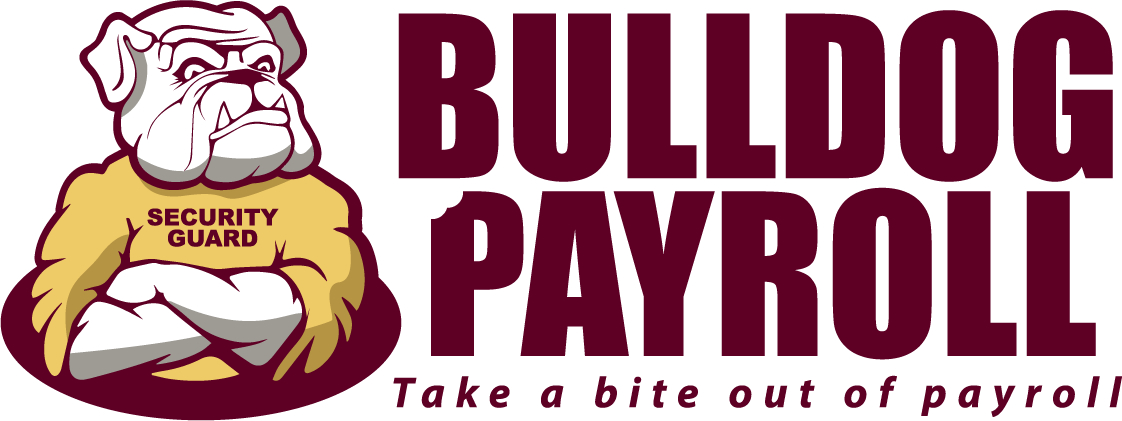How to Choose the Best Pay Schedule for Your Company?
Did you know that biweekly pay periods are the most common type of pay period used by companies? At least 36.5% of businesses are using this method. When it comes to running a small business, payroll is always one of the most challenging tasks.
Figuring out when to pay your employees, how often to pay them, and how much to pay them can be daunting. Don't worry, we're going to explain some of the most common pay schedules used by businesses and give you tips on choosing the best one for your company payroll. So read on and learn more about payroll schedules.
What Are the Different Types of Pay Schedules and How Do They Work?
There are five different
pay schedules you can choose to use in your company. Each schedule has its own pros and cons. So, if you want to know how to choose the best pay schedule for your company it's important to consider the benefits of each schedule before deciding which one is best for your business.
Let's take a look at the different types of pay schedules, their benefits, and their drawbacks. People often only consider there to be four forms of payment schedules, but there are five.
Daily Pay
Daily Pay is a good option for employees who work part-time or only during certain times of the year, like summer interns or people who work on a seasonal basis or during school breaks. With this setup, employees are paid daily instead of once every two weeks (or semi monthly).
This means that checks are cut more on a frequent basis, which can be helpful when an employee needs money immediately, but it also means that the company will have to deal with paying people more often.
- Drawbacks- This pay schedule is very fast-paced, may not be ideal for companies that don't have seasonal workers, not a popular option
- Benefits- Employees get paid more quick and you can satisfy your seasonal workers
Weekly Pay
With weekly pay, employees are paid every week. This is a common option within companies today because it's easy for employees to budget and stay on top of their finances when they know how much money they will be bringing home each week.
The drawback to this process is that in some weeks, employees may end up in a negative balance if they work overtime one week and then not at all the next. Not to mention that companies must pay out wages earned in previous weeks before an employee starts on a new payroll cycle.
- Drawbacks- Popular with employees, ability to satisfy freelance and contract worker payment, simple for your payroll team to coordinate
- Benefits- Potential for irritation due to the time it can take to process for a large team
Semi-Monthly Pay
Semi-monthly pay occurs twice a month. Fun fact, it's not the same as biweekly although the concept is. With a semi-monthly payroll instead of getting your funds on second Fridays, you're paid on usually the 15th and last day of a month.
You may be asking yourself: "Doesn't that mean my employees will only get paid once a month?" No.
Semi monthly pay still occurs 52 times per year, but since there are no breaks in between the pay periods like with weekly or daily payout, employees will receive 26 checks each year instead of 52.
- Drawbacks- This is the best option for salaried employees, this option can cause some issues for your administrative team depending on the size of your employee pool
- Benefits- Employees understand and may be used to this method, which makes payroll management more simple, ability to avoid bank holiday interruption
Is payroll a thorn in your side? Let us handle all the stress related to payroll so you don't have to...
Monthly Pay
With monthly payments, employees are paid at the end of every month. If you're familiar with your company's budgeting process and know how much money you plan to bring in for the next month before it begins, then this method might work well for you.
However, if your company's revenue fluctuates month to month or if you have employees who are paid before they start working for you (like contract workers), this method may not be the best choice. It's important that for longer payment periods, you always check what is and isn't allowed by your state laws.
- Drawbacks- This option is not the most popular among employees
- Benefits- Least amount of work on your part, easy to align with other payroll deductions
Bi-Weekly Pay
Bi-weekly pay is exactly what it sounds like; employees are paid every two weeks. There are 26 bi-weekly pay periods in a year, which means that employees will receive more checks than with semi-monthly payout, but less than with weekly pay.
The advantage to using bi-weekly pay is that there are no breaks in between the pay periods so employers don't have to track down money from months prior or incur late fees when paying their employees later in the month. Plus, since there are fewer pay periods, tracking hours and taxes is a little bit easier which can help avoid some accounting problems.
- Drawbacks- Your monthly expenses could be affected across pay periods, deductions can become complicated.
- Benefits- Immediate time-saving option, less chance for errors within payroll
What Features Should You Look Out for When Choosing a Pay Schedule?
Since every payroll schedule has its own benefits and drawbacks it's important to choose something that will meet your needs and not put a strain on your finance department. It's also useful to know that there are
different types of options whether in the form of software for your overall system.
There are three major factors to keep in mind when choosing a pay schedule. They are;
- Federal and state laws
- How much time do you actually need to pull off each schedule
- What type of schedule do you currently have and are thinking of switching to or adopting.
Most times when employers violate labor law, they are either unaware or do not consider how their choice in payroll can affect their company's status.
Different types of pay schedules require different amounts of time to manage.
It is important to choose something that you will be able to manage on a daily basis, otherwise, it may become more work than it's worth in the long run.
Streamline Your Payroll
When deciding which pay schedule will work best for your company, there are many factors to take into consideration as we've mentioned. When you are choosing between the different types of payment schedules, you want to go with an option that will help you avoid tax penalties or late payouts, that's where Bulldog Payroll comes in.
If you are unsure what type to choose, consult with an experienced company to see what options would best suit your needs. Interested in streamlining your payroll? Visit us today.
Are you looking for more payroll processing information? Check out our
Ultimate Guide to Payroll Processing.
Is payroll a thorn in your side? Let us handle all the stress related to payroll so you don't have to...










